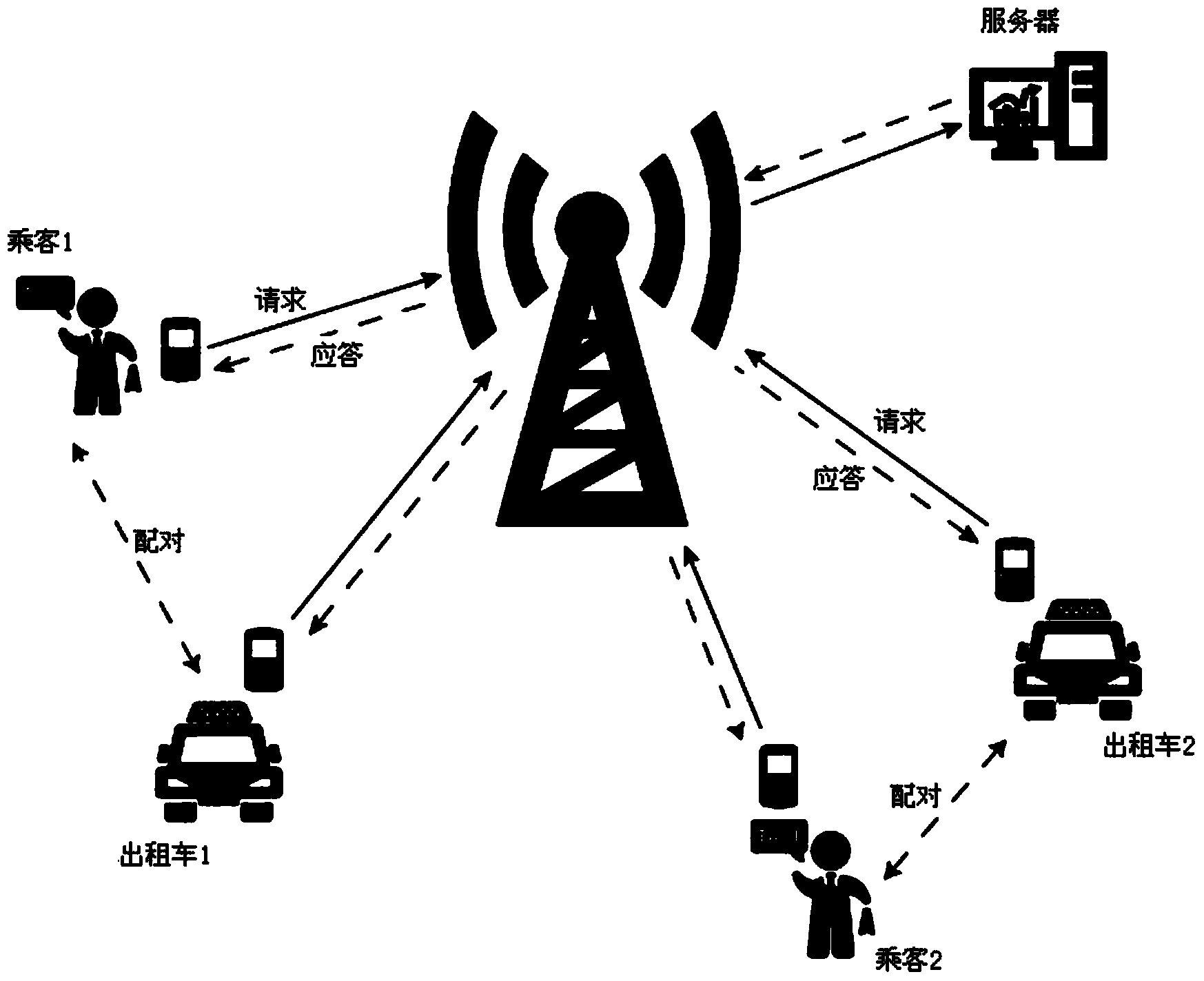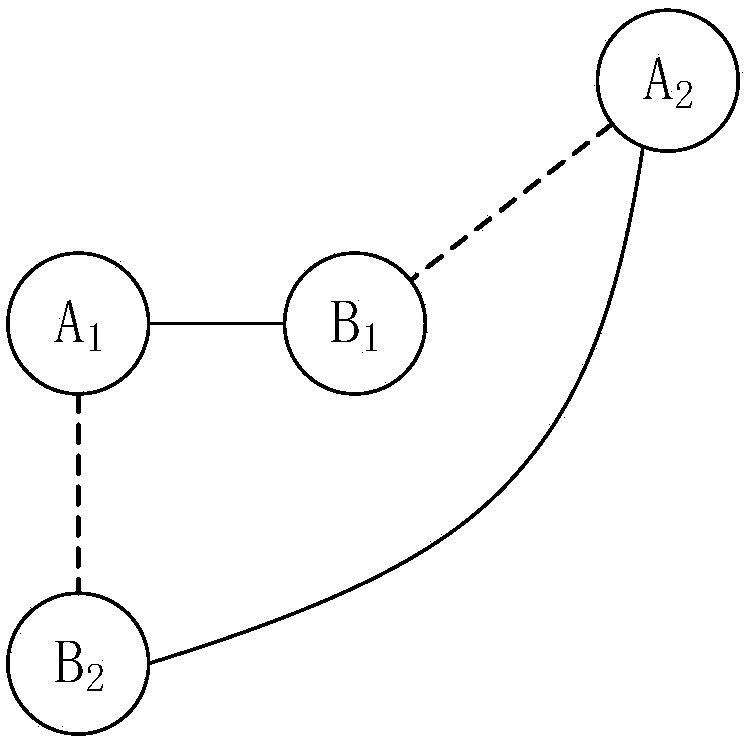Intelligent taxi scheduling system
An intelligent scheduling and taxi technology, applied in the field of communications, can solve the problems of infeasible algorithms with exponential time complexity, failure to consider passenger defaults, and unreasonable allocation of scheduling strategies, so as to reduce additional no-load trips and improve matching. Efficiency, the effect of reducing the fuel consumption of empty vehicles
- Summary
- Abstract
- Description
- Claims
- Application Information
AI Technical Summary
Problems solved by technology
Method used
Image
Examples
Embodiment Construction
[0028] The present invention will be described in detail below in conjunction with specific embodiments. The following examples will help those skilled in the art to further understand the present invention, but do not limit the present invention in any form. It should be noted that those skilled in the art can make several modifications and improvements without departing from the concept of the present invention. These all belong to the protection scope of the present invention.
[0029] The invention utilizes the cellular network interface (3G / 4G interface) and the WiFi network interface on the mobile terminal to communicate with the server, and realizes the intelligent scheduling of car rental.
[0030] Traditional phone-hailing software and emerging mobile-terminal car-hailing software generally face two major flaws: First, they generally adopt a first-come, first-served scheduling strategy, that is, to assign a taxi to the passenger who sends the request first, first-com...
PUM
 Login to View More
Login to View More Abstract
Description
Claims
Application Information
 Login to View More
Login to View More - R&D
- Intellectual Property
- Life Sciences
- Materials
- Tech Scout
- Unparalleled Data Quality
- Higher Quality Content
- 60% Fewer Hallucinations
Browse by: Latest US Patents, China's latest patents, Technical Efficacy Thesaurus, Application Domain, Technology Topic, Popular Technical Reports.
© 2025 PatSnap. All rights reserved.Legal|Privacy policy|Modern Slavery Act Transparency Statement|Sitemap|About US| Contact US: help@patsnap.com



